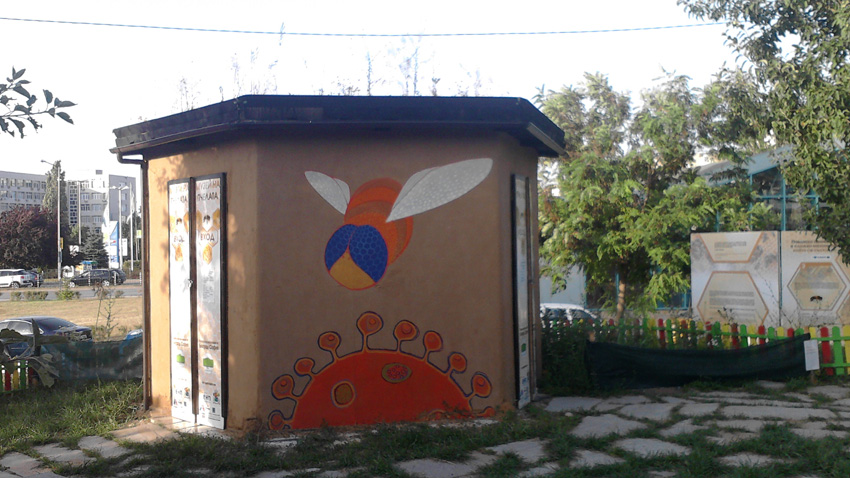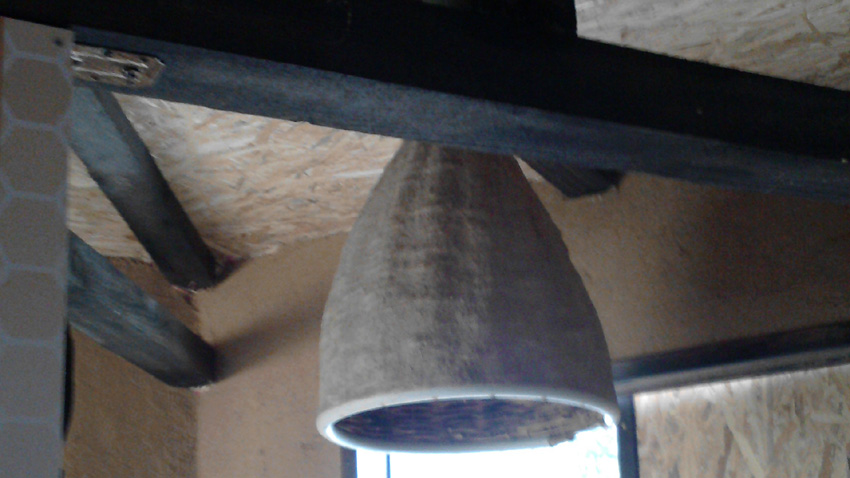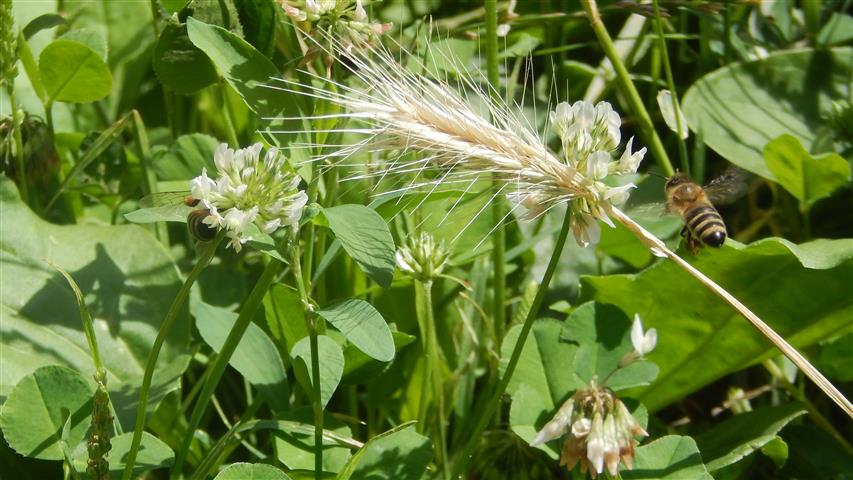 The time when the meaning of the word “museum” conveyed a sense of tedium – dreary buildings filled with boring expositions of items amassed through the centuries and handed down from generation to generation to illustrate historical, cultural or ethnographic developments through the ages – is long gone and forgotten. Yes, the collections are still there, but they are now presented in a very different way – unorthodox and intriguing. The world of science has been opening up to the public to ignite the spark of curiosity we all carry inside, and whet the human appetite for knowledge.
The time when the meaning of the word “museum” conveyed a sense of tedium – dreary buildings filled with boring expositions of items amassed through the centuries and handed down from generation to generation to illustrate historical, cultural or ethnographic developments through the ages – is long gone and forgotten. Yes, the collections are still there, but they are now presented in a very different way – unorthodox and intriguing. The world of science has been opening up to the public to ignite the spark of curiosity we all carry inside, and whet the human appetite for knowledge.
One such museum us the Bee Museum in Sofia, though it is definitely not out to attract visitors with size or elegance. Actually, if there were to be a contest for smallest museum in the world, it may well win it.
The museum is a tiny, honeycomb-shaped hut, made of clay. The fact that it is made of clay is a way to lay emphasis on the desire of the people who created it to bring humans closer to their natural environment, and its brownish hue is reminiscent of the wax that goes into the making of honeycombs, where honey and pollen are stored and which are home to honeybee colonies. Colourful flowers grow out of its roof, flowers bees collect pollen and nectar from. The entrance and the exit of the beehive which sits inside the hut are high up below the ceiling, so visitors will not obstruct the bees’ coming and going. Next to the hut, behind a low fence painted in bright colours, there is a small garden with fragrant herbs growing amidst the blades of grass.
The clay museum-hut is located next to one of Sofia’s central metro stations and it is surrounded by lush greenery which serves as a food source for the bees. Inside, the walls are covered in photographs and information detailing the life and ways of bees. Visitors are able to watch the colony inside a transparent beehive. In the middle they can see the care taken of the brood from which the worker bees are hatched. The brood is an illustration of the state the entire beehive is in. It is there that disease may start. The comb closest to the ground contains the honey, the highest is where the pollen is collected. The role of the drones is explained and it is not to be underestimated, as it is not just to inseminate the queen bee, but also to keep the brood warm.

There is a clay beehive hanging from the ceiling, known to man from the times of ancient Egypt. On one of the walls are Albert Einstein’s words: “If the bee disappeared off the surface of the globe then man would only have four years of life left. No more bees, no more pollination, no more plants, no more animals, no more man.”
Here is Petar Vulchovski from the Bio City association with more about the idea of acquainting the public with the life of bees and the benefits they bring:
“Being an NGO, we have undertaken to instruct children and school-goers, informally, about all things connected with urban organic farming. We have created several bio-gardens at schools, kindergartens and elsewhere. We noticed that in the regions where we work with children there are a lot of bees and they are afraid of them, because they do not know much about them. This is very important, especially if we want people to remain close to nature. We want them to get to know its biodiversity. To begin with, we decided to open an educational gallery to present everything there is to know about bees, the products they make, the process of pollination. And gradually, the idea of a bee museum took shape. Even though it is so small, there is room enough for a lecture 40-50 minutes long, we have boards and we have this transparent beehive.”
 Engineer Lyudmil Savov, who has been a beekeeper for many years, says there must be bees everywhere, in the regions where there is melliferous flora, but also in the city, because “the vegetation in parks has to be pollinated too,” but adds that “keeping bees in an environmental situation that is so grave is next to impossible, because the principal toxins and poisons accumulate in the pollen as well as in the dew, from which bees collect water. Bees have the ability to filter nectar, detoxicating it, but this shortens their lives down to just a few days,” – in summer about 35 days and in winter – down to a few months.
Engineer Lyudmil Savov, who has been a beekeeper for many years, says there must be bees everywhere, in the regions where there is melliferous flora, but also in the city, because “the vegetation in parks has to be pollinated too,” but adds that “keeping bees in an environmental situation that is so grave is next to impossible, because the principal toxins and poisons accumulate in the pollen as well as in the dew, from which bees collect water. Bees have the ability to filter nectar, detoxicating it, but this shortens their lives down to just a few days,” – in summer about 35 days and in winter – down to a few months.
Mladen Kotlarski, editor-in-chief of Pchela (Bee) newspaper says that as a first step, the bee museum is viable and promising, yet it should be extended into a bigger and more comprehensive museum of bees, because “at the moment there are many items typical of beekeeping that are missing. All the more so that in this branch, Bulgaria is a leader in our region.
English version: Milena Daynova
Photos: courtesy of the MuseumThe Bulgarian dance group “Dilmana” based in Copenhagen will celebrate 15 years since its establishment with a celebration on October 18, the formation informed on its Facebook page. Dance group Dilmanа from Copenhagen to perform at the folklore..
A photo exhibition called “Bosilegrad Before and Now – 2” will open on October 13 at the Municipal Art Gallery in the town of Karlovo. The photo exhibition contains 40 panels with motifs and landscapes from Bosilegrad, Serbia, and several Bosilegrad..
The second edition of the unique Blackthorn Festival will be held today in the village of Salash near Belogradchik, northeastern Bulgaria. The event will begin on the square, where locals will offer sweets and jam from tart blackthorns collected in..
How to preserve and maintain public trust in media - this is the central topic for participants in the Public Broadcasters..
The Bulgarian National Radio hosted the annual Public Broadcasters International (PBI) Conference for the first time. Heads and representatives of public..
Long-distance sailing captain Svetlozar Tenev has set off from the port city of Varna on Bulgaria's northern Black Sea coast on a circumnavigation of the..

+359 2 9336 661
